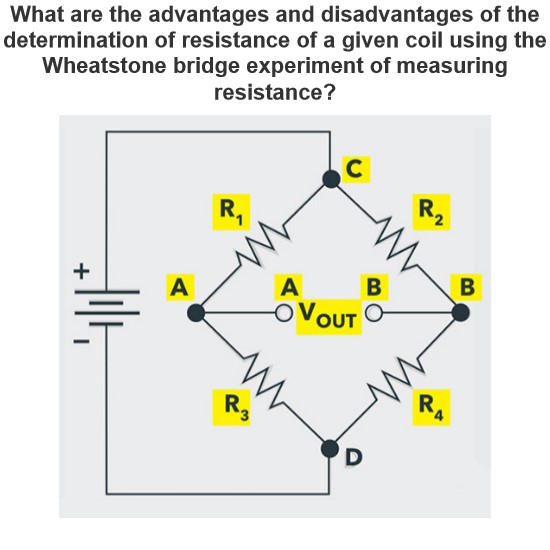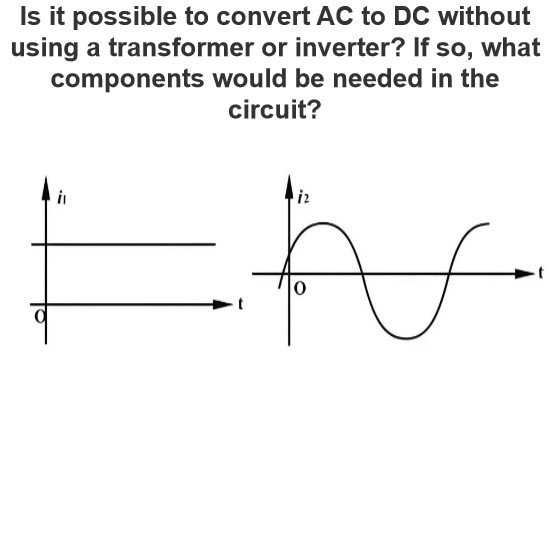Is it possible to harden an electrical grid from EMP?
Hardening an electrical grid against electromagnetic pulses (EMPs) involves protecting the infrastructure from the potentially catastrophic effects of EMPs caused by high-altitude nuclear explosions or solar storms. Here’s how EMPs affect electrical grids and some strategies to mitigate their impact:
How EMPs Affect Electrical Grids
An EMP can cause significant disruptions by inducing very strong currents and voltages in power lines over a wide area. This can lead to:
Damage to Transformers and Generators: The induced currents can overload transformers and generators, leading to potential failure.
Disruption of Control Systems: EMPs can interfere with the operation of control systems, leading to blackouts and system instability.
Damage to Electronic Equipment: Sensitive electronic equipment connected to the grid can be damaged by the induced currents.
Strategies for Hardening an Electrical Grid Against EMPs
Surge Protectors and Arresters
Install surge protectors and arresters to limit voltage spikes that could damage equipment.
Surge arresters are designed to divert excess voltage away from sensitive components.
Shielding and Faraday Cages
Shield critical components using Faraday cages or other shielding techniques to block EMP-induced currents.
Shielding can be applied to key substations and control centers to protect sensitive electronics.
Enhanced Transformer Design
Develop and deploy EMP-hardened transformers that can withstand higher levels of induced voltage.
Some transformers can be designed with additional shielding and grounding to reduce the risk of damage.
Redundancy and Backup Systems
Implement redundant systems so that if one part of the grid fails, others can continue to operate.
Ensure backup power supplies are available, such as diesel generators, to maintain critical operations during recovery.
Circuit Breakers and Switchgear
Upgrade circuit breakers and switchgear to handle higher fault currents.
Use advanced switchgear that can rapidly disconnect parts of the grid to prevent widespread damage.
Communication Systems
Harden communication systems to ensure they can continue to function during an EMP event.
Use fiber-optic cables instead of metallic conductors for communications, as they are less susceptible to EMP effects.
Planning and Preparedness
Develop comprehensive emergency response plans that include procedures for restoring power after an EMP event.
Conduct regular drills and exercises to test the resilience of the grid and the readiness of personnel.
Grid Segmentation
Segment the grid into smaller, isolated sections that can be managed independently.
This can help contain the effects of an EMP to a limited area, reducing the overall impact.
Public Awareness and Education
Educate the public about the risks associated with EMPs and encourage them to take steps to protect their own electronic equipment.
Provide guidelines on how to harden home appliances and other electronic devices.
Regulatory Standards
Implement regulatory standards that require critical infrastructure to meet certain EMP-resistance criteria.
Work with international bodies to establish global standards for EMP protection.
Challenges and Considerations
While these measures can significantly improve the resilience of an electrical grid against EMPs, there are several challenges to consider:
Cost: Implementing EMP-hardening measures can be expensive, especially for large-scale grids.
Complexity: Protecting an entire grid requires a coordinated effort involving multiple stakeholders and jurisdictions.
Maintenance: Ensuring that protective measures remain effective over time requires ongoing maintenance and testing.
Conclusion
Hardening an electrical grid against EMPs is a complex task that requires a combination of technical solutions and organizational preparedness. By implementing the above strategies, it is possible to significantly reduce the vulnerability of the grid to EMP events, thereby protecting critical infrastructure and ensuring the continuity of essential services. However, the effectiveness of these measures depends on careful planning, execution, and ongoing maintenance.
The Electricity Encyclopedia is dedicated to accelerating the dissemination and application of electricity knowledge and adding impetus to the development and innovation of the electricity industry.




